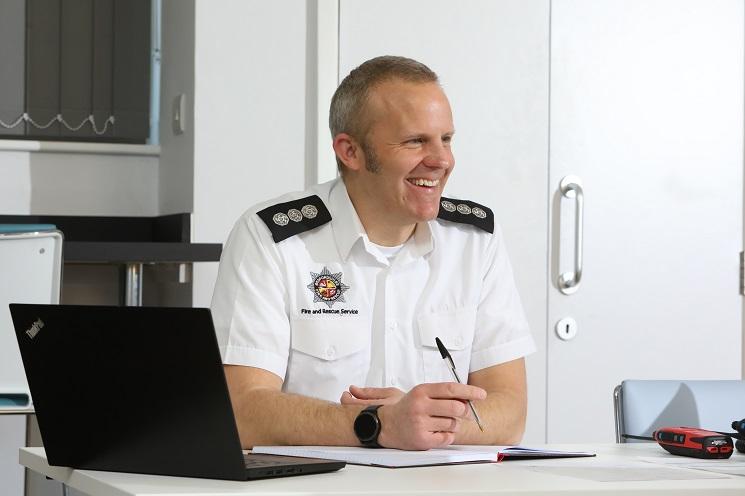Fire Safety Law
The Regulatory Reform (Fire Safety) Order 2005 (termed The Fire Safety Order), covers general fire precautions and other fire safety duties which are needed to protect 'relevant persons' in case of fire.

Business premises and the fire safety law
The Fire Safety Order requires fire precautions to be put in place 'where necessary' and to the extent that it is reasonable and practicable.
Responsibility for complying with the Fire Safety Order rests with the 'responsible person'. In a work place this is principally the employer and then any other person who may have control of any part of the premises, e.g. the occupier or owner. In all other premises the person or people in control will be responsible
The responsible person must carry out a fire risk assessment which must focus on the safety in case of fire of all relevant persons. It should pay particular attention to those at special risk and must include consideration of any dangerous substance likely to be on the premises. The risk assessment will help identify risks that can be removed or reduced and to decide the extent of the general fire precautions necessary.
Who does this relate to?
The Fire Safety Order places the duty to keep people safe from fire upon the Responsible Person. If you have some control over a premises e.g. employer, owner, managing agent, landlord or occupier, you may be designated as a 'responsible person' under the Fire Safety Order for fire safety matters within and in the vicinity of the premises. Responsibility for complying with the Order rests with the 'responsible person'.
In a workplace the 'responsible person' is more than likely the employer or any other person who may have control of any part of the premises, e.g. the occupier or owner. If there is more than one responsible person in any type of premises (e.g. a multi-occupied complex), each must take all reasonable steps to co-operate and co-ordinate with each other.
Where does the Fire Safety Order apply?
The Fire Safety Order applies to virtually all premises and covers nearly every type of building and structure, for example:
- Offices and shops
- Factories, warehouses and other industrial premises
- Premises that provide care, such as residential and nursing homes
- Community halls, places of worship and the like
- Common areas of flats and Houses in Multiple Occupation (HMO's)
- Pubs, clubs and restaurants
- Schools and other educational establishments
- Hotels, guest houses, bed and breakfast premises
- The Fire Safety Order excludes domestic premises occupied by a single family group
What do I have to do?
You should carry out a fire risk assessment and act on any findings reported. A Fire Risk Assessment will help you identify risks that can be reduced and to decide the nature of the general fire precautions you need to take to protect people against the fire risks that remain.
If the premises operates under a licence, the significant findings MUST be recorded. You must conduct an assessment and record the findings, so that in the event of an audit by the Fire Authority, due diligence can be demonstrated by a written record.
If having read this guide you are in any doubt about how fire safety law applies to you, please contact us.


